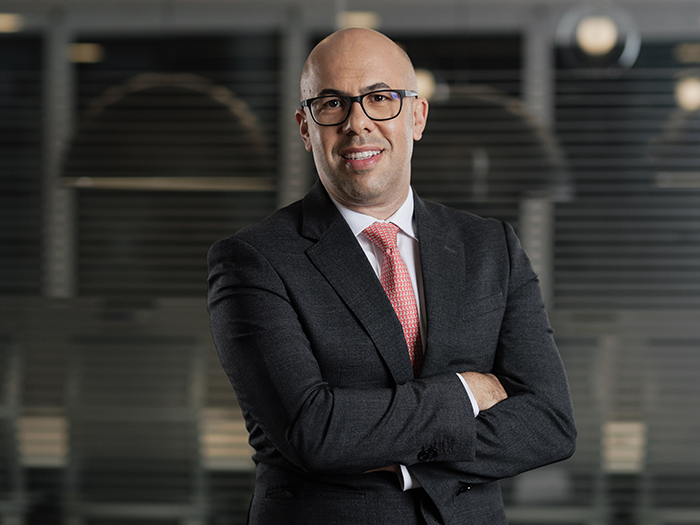This Is Why Most Universities Get an “F” in Risk Management
On the first day of September in 1939, Germany invaded Poland without provocation. Two weeks later, the Soviet Union did the same from the other side. How did the Poles respond?
The answer is they fought valiantly. More than one million Polish soldiers counterattacked, led by cavalry on horseback. Their efforts were a total disaster against tanks and airplanes.
An outmoded strategy and antiquated army structure were no match for modern, mechanized German forces. The war lasted a month, ending when Germany and Russia divided Poland between them.
Poland’s predicament is not unlike what’s happening today to college professors.
An attack by an overwhelming force has targeted higher education. On one side are critics that say a college degree is no longer needed. On another side are parents and students who say a college education has become an expensive waste of time and money.
Like the Polish army, professors are caught in the middle.
External forces allege that much of a college education does not prepare students for the lives they’ll lead and the careers they’ll pursue. College and university professors point out the humanistic and decision-making value of the content of their courses. Who’s right? It doesn’t matter. Students caught in the cross-fire are suffering.
Even a cursory look shows the problems for colleges and universities, particularly those not supported by large endowments:
- Many are on government and accreditor financial deficiency watch-lists.
- Part-time instructors are replacing full-time professors and tenure is disappearing.
- Students are graduating, or failing to graduate, after being burdened by excessive levels of debt.
- Legislators are turning away from financially supporting 4-year college programs.
This crisis in higher education has unfolded and is moving forward without enough participation of tenured and tenure-track faculty. The criticism is they are hired and rewarded for research and oftentimes not held accountable for helping students learn.
Whether true or not, college presidents and boards of trustees are taking aggressive steps. More than half of all college classes are now taught by part-time instructors. This is partly a financial decision and partly a belief that full-time professors are using obsolete strategies and technology.
The Poles had horses and swords. The Germans had tanks and planes. College professors have lectures and multiple-choice exams. Students need interaction with mentors and collaboration with fellow students.
What Can Higher Ed Do?
On this note, the professoriate should take heed of two universities that follow a different model: Southern New Hampshire and Governors Western universities show the future.
At SNHU, traditional and distance-learning programs co-exist to the benefit of individuals with varied educational and other needs. The institution has 150 full-time faculty and 5,100 part-timers. Tenure does not exist. Instructors are not encouraged to “publish or perish.” All are subject to dismissal if they fail to provide frequent and helpful support for their students.
WGU uses a competency-based learning model. Offering distance-learning programs, the university was founded by 19 U.S. governors in 1997, as a viable alternative to traditional, classroom-based learning. The University has 80 percent full-timers among its 3,800 instructors (mentors). Once again, tenure does not exist.
SNHU has few full-time instructors. WGU has many. That’s not the important difference. Both universities reject the notion of a faculty primarily built upon research and longevity. Helping students learn is the goal. The standard is enforced rigorously.
The success of these schools should worry traditional colleges. As many private, nonprofit schools struggle financially, SNHU and WGU each have grown to approximately 100,000 students scattered across the United States.
The situation encourages professors at struggling schools to reflect on changes in higher education. Maybe they could get into the game. It’s dangerous to sit quietly refusing to modernize in the middle of angry and opposing forces. &










